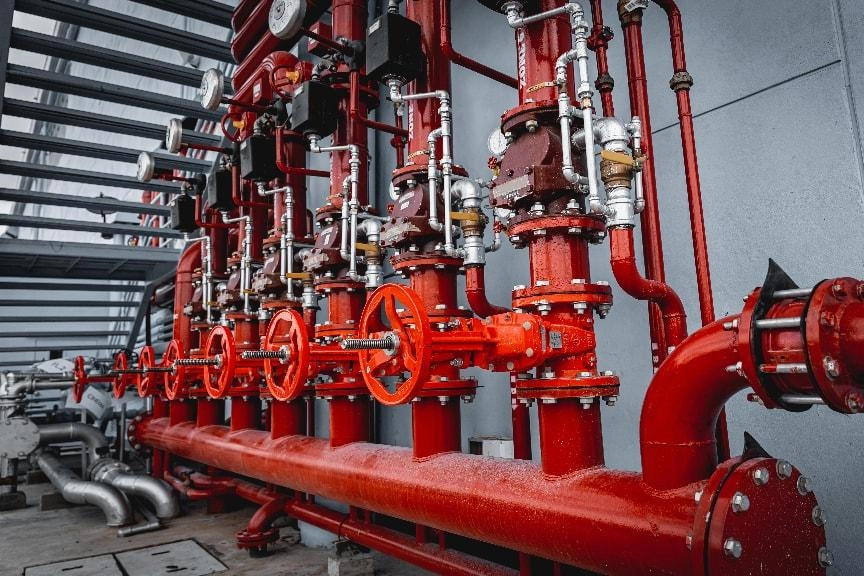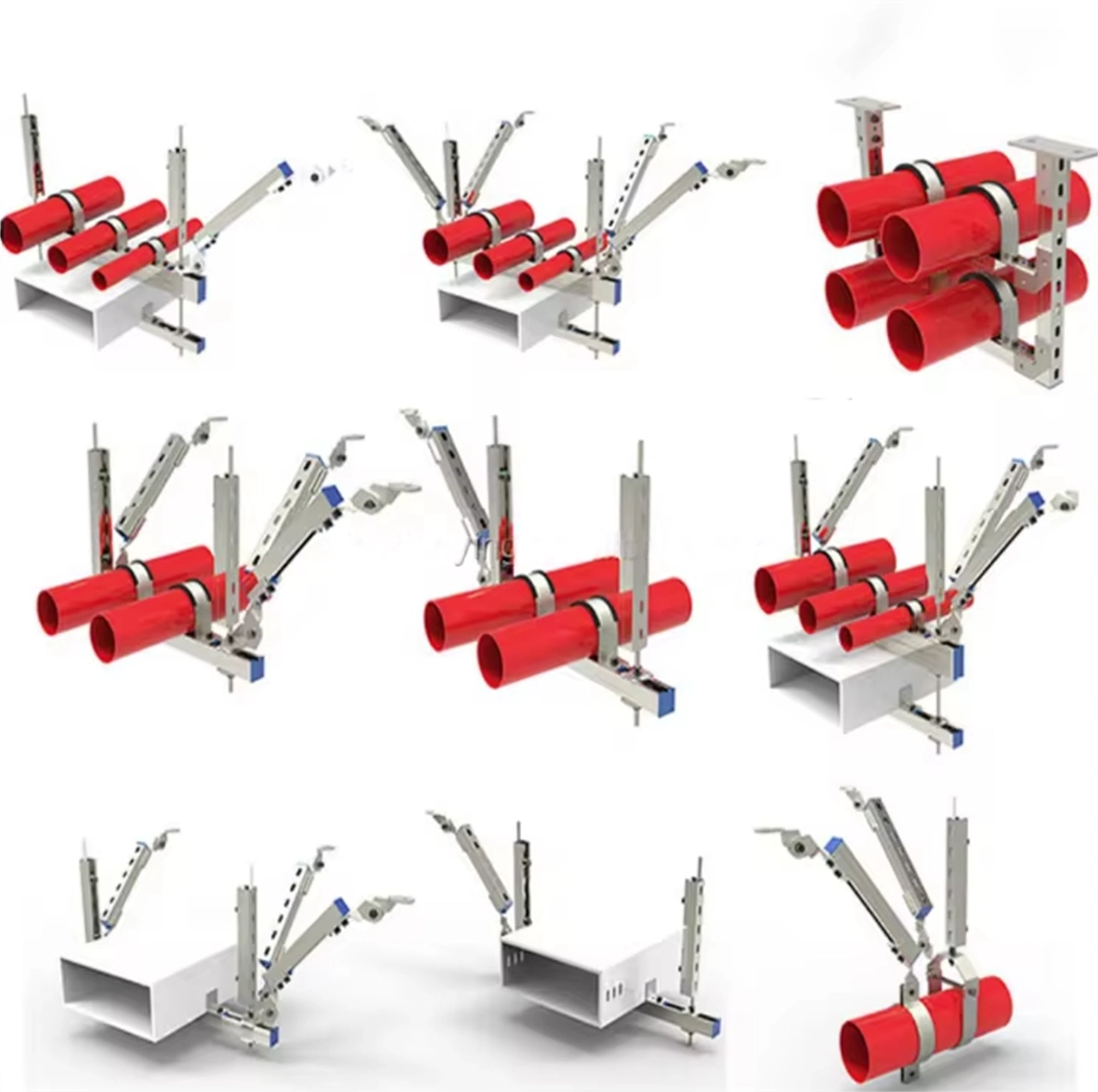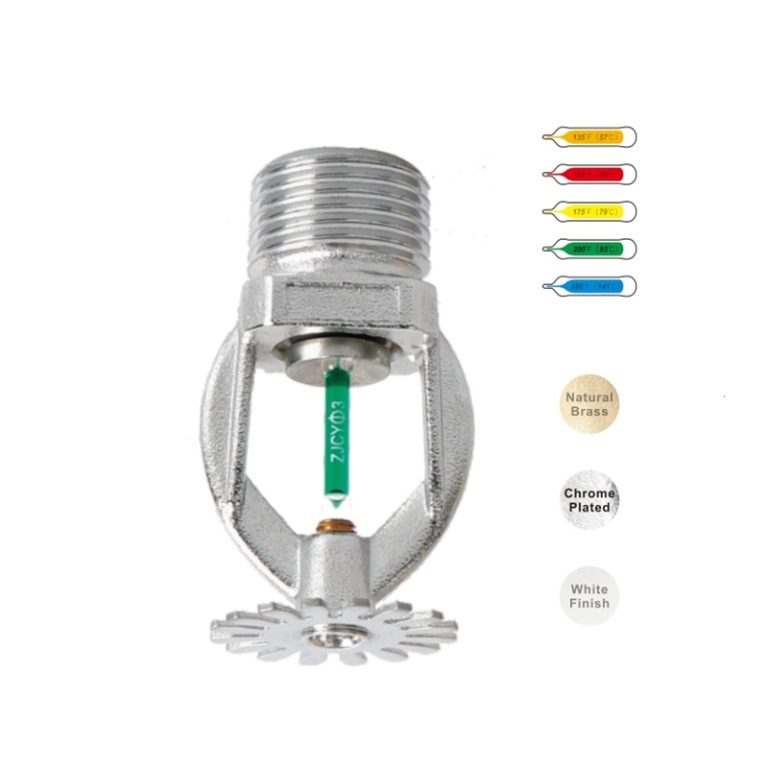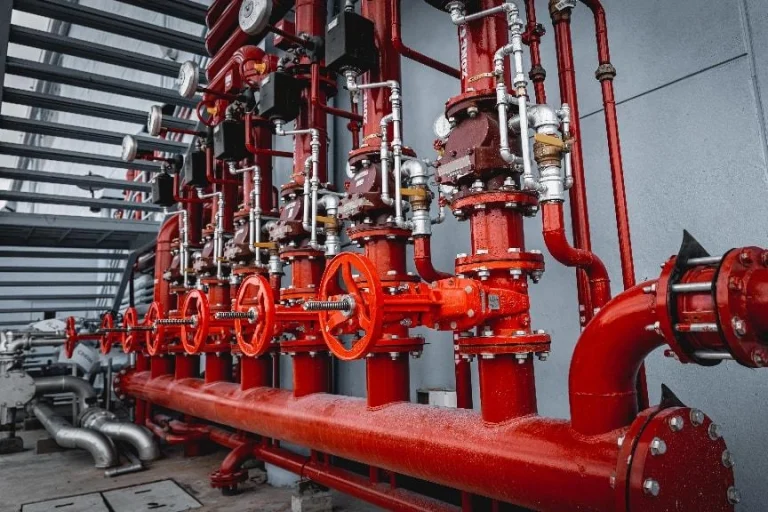
Vannes de protection contre les incendies are super important heroes! They keep buildings safe when fires strike. Want to keep your Fire Department Connection (FDC) ready for emergencies? Check out these easy maintenance steps!
What Are Fire Protection Valves and Why Do They Matter?
Fire protection valves are super important! They’re key parts in fire safety systems. They control water or other fire-fighting stuff. They make sure things work fast during a fire. If these valves don’t work right, even fancy sprinkler systems might flop when you need them most.
How Fire Protection Valves Help
These valves act like gatekeepers. They control water in sprinklers, standpipes, and other fire-fighting gear. They’re placed in key spots to shut off sections for fixes, test water pressure, or turn on zones during emergencies. When a fire starts, valves open fast—either automatically or by hand—to pour water on flames.
How FDCs Work with Valves
Fire Department Connections (FDCs) are outside inlets. Firefighters use them to pump extra water into a building’s fire system. For this to work great, the valves inside must be in tip-top shape. When firefighters hook up hoses to the FDC, water flows through pipes. But if a valve is stuck or leaky, it can cause big trouble and slow down firefighting.
Types of Fire Protection Valves
There are a few kinds of valves:
- Alarm Check Valves: Spot water flow and set off alarms.
- Dry Pipe Valves: Used in cold places where pipes could freeze.
- Deluge Valves: Pour tons of water fast in risky spots.
- Butterfly Valves and Gate Valves: Control water flow and shut-off points.
Each does a special job based on where it’s used and the fire risk.
How Can You Tell If Your FDC Needs Maintenance?
Even great systems wear out over time. Spotting problems early stops big fails during emergencies.
Signs of Trouble
Look for rust, corrosion, missing caps, or busted threads on FDCs. These seem small but can block water in a crisis. Leaky valve stems or hard-to-turn valves mean something’s wrong inside.
Problems from Bad Maintenance
If you skip valve care, your fire system might not work right. Water might not reach all areas. Or pressure could be too weak to stop flames. In bad cases, this could mean huge damage or even hurt people.
Easy Inspection Tips
Check your FDC every month for stuff like dirt or vandalism. Do deeper checks every three months. Get trained folks to test how valves work in the system.
What Simple Steps Can You Keep Your FDC Ready?
Pros should handle big fixes. But building staff can do simple upkeep to keep things smooth.
Cleaning and Greasing Valves
Clean and greased valves work great when time’s tight.
Tools You’ll Need
Grab a wire brush for rust, non-rusty grease for valve stems, gloves, and maybe new caps or gaskets if stuff’s worn out.
Easy Cleaning Steps
- Clear dirt around the FDC inlet.
- Brush threads and metal parts with a wire brush.
- Put a little grease on moving bits like handles.
- Swap out broken caps right away.
- Test valve movement by hand (if safe) to make sure it’s smooth.
Checking for Blockages
Leaves, trash, bugs, or even tampering can clog an FDC.
How to Find and Fix Clogs
Shine a flashlight into the FDC. See anything blocking it? Use long tweezers or special tools to pull it out carefully. Don’t mess up the threads inside.
Testing Valves
Testing now and then makes sure your system’s ready for action.
How Often to Test
Do a full test once a year with certified pros, per industry rules. High-risk places like warehouses might need more checks based on local laws.
Who Should Do FDC Maintenance and When?
Some tasks are okay for staff. But pros are a must for big jobs and following rules.
Why Pros Are Key
Certified techs know how to spot hidden problems. They make sure everything follows NFPA standards and local laws. This cuts risks and keeps things safe.
Maintenance Schedule
NFPA 25 says:
- Look at FDCs monthly.
- Test how they work yearly.
- Check inside certain valves every 5 years.
Stick to this to keep your fire system in great shape.
Why Grooved Systems Are Awesome in Fire Protection
Grooved systems, like Fluid Tech’s IF grooved coupling, make fire systems super cool! They’re quick to install in schools or offices. They handle shakes in factories. They’re trusty for sprinklers in big buildings. Fluid Tech’s gear makes maintenance a piece of cake!
What Happens If You Skip Valve Maintenance?
Ignoring FDC care is risky. It can cause big problems.
Risks in Emergencies
Bad valves slow down firefighting. Water might not flow right. This could lead to more damage or even hurt people when seconds count.
Legal and Rule Troubles
If bad valves cause harm or loss, building owners could face fines or lawsuits. Insurance might not pay if you skipped upkeep required by rules.
Bigger Fix Costs
Small issues grow into huge ones if ignored. Fixing a whole system costs way more than regular care.
Why Choose Fluid Tech for Fire Protection?
Need great parts or upgrades? Fluid Tech is a super awesome pick!
About Fluid Tech
Fluid Tech Group is a top name in northern China for protection contre les incendies. They make their own brand, IF grooved coupling and grooved fittings. They offer one-stop shopping for builders worldwide. Their products pass FM/UL/CE/LPCB/VDS certifications. That means they’re super trusty when it matters.
Fluid Tech’s Products and Help
Fluid Tech has it all! From ERW steel pipes with smooth insides for better water flow to FM Approved / UL Listed clevis hangers that handle tough heat. They’ve got everything for strong fire systems. Their team helps from picking parts to setting them up.
Keep Your System Ready for Action
A well-kept FDC with trusty fire protection valves isn’t just about rules. It saves lives and stuff! By doing easy steps now and picking quality parts from Fluid Tech, you’re ready for any fire emergency.
FAQs About Fire Protection Valves and FDC Maintenance
Q1: How often should I check my fire protection valves?
Look at them monthly. Test them yearly with pros, per NFPA 25 rules.
Q2: Are all valves tested the same?
Nope! Different valves, like dry pipe or deluge, have special test steps. Check maker guides or ask pros for the right way.
Q3: What certifications matter for valve parts?
Pick FM Approved / UL Listed stuff, like Fluid Tech’s, for trusty parts that meet world safety rules.









